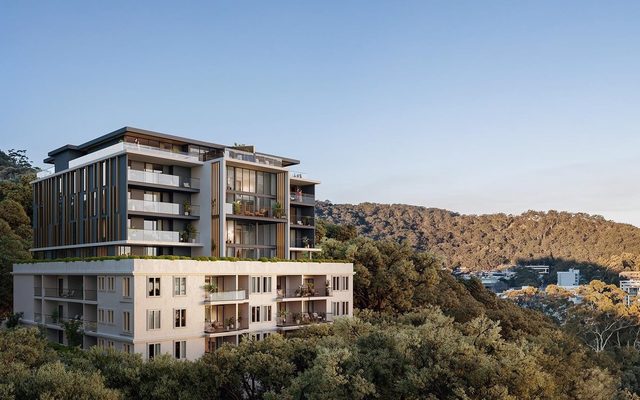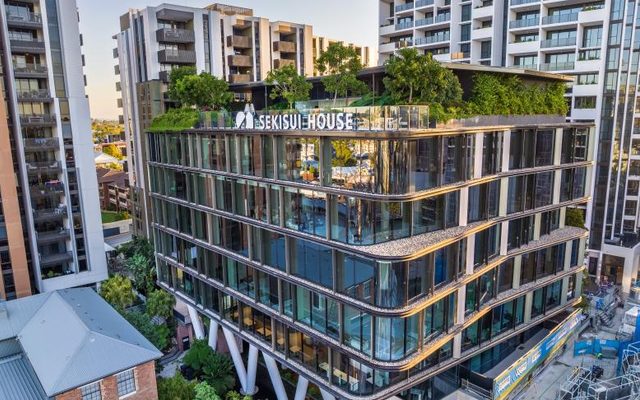This article is from the Australian Property Journal archive
AUSTRALIA has leapt from 20th to 11th in the world rankings for house price growth over the June quarter, following another surge in Sydney and strengthening in Perth and Darwin.
According to Knight Frank’s Global House Price Index: Q2 2017, Iceland and Hong Kong maintained their positions at the top of the rankings, as both saw acceleration in growth to 23.2% and 21.1% respectively over the 12 months the June.
Michelle Ciesielski, head of residential research, Australia, said there had been a moderate resurgence in the Sydney residential market after a lull towards the end of 2016.
“This time around, capital growth is not likely to be as strong as experienced over the past four years with a continued tightened lending environment.
“Analysing the annual sales turnover trend as a potential leading indicator for projected capital growth for houses and apartments, a standout is the moderate strengthening of the Greater Perth and Greater Darwin residential markets,” she added.
“Despite still lingering in negative territory, both are reporting an improvement in sales turnover, with house sales in Greater Darwin recording 6% growth in the number of annual sales in the year ending June 2017.
“In saying this, there is still some time before we see capital growth in these markets,” she continued.
Ciesielski said other markets to watch included houses in Greater Adelaide and Canberra, and apartments in Sydney and Canberra, all showing recent sustained appreciation in annual turnover.
Kate Everett-Allen, partner, international residential research, said, “Hong Kong’s stellar performance is perhaps counter-intuitive given there have been three interest rate rises in the last year but like Iceland, strong demand and limited supply are behind its strengthening prices.
“Local buyers in Hong Kong, along with mainland Chinese investors, are keen to hedge against the yuan’s depreciation,”
Malta came in at third, with 14.6% growth over the 12-month period, and Canada a close fourth with 14.2%.
Czech Republic and Turkey were tied at fifth with 12.7%, although Turkey’s growth is slowing.
The top 10 was rounded out by Estonia (with stable growth of 10.7%); Hungary (stable at 10.5%); India (up to 10.5%) and New Zealand (slowing to 10.4%).
China slowed to 9.6%, immediately behind Australia and alongside Ireland. European countries dominated the remainder of the top 20, including Latvia, Sweden, Bulgaria, Romania, Netherlands and Slovakia, with Norway at 21st (6.9%) and Germany at 23rd (6.5%).
Elsewhere across the Asia-Pacific region, Malaysia was 28th with 5.3%; Indonesia returned 3.2%; South Korea 1.3%; Taiwan 0.9%; Japan at -0.2% and Singapore with -2.1%.
Everett-Allen said reports suggest Chinese developers are raising their sales targets for 2017, undeterred by policymakers’ efforts to rein in speculative demand and control price inflation via a series of cooling measures.
“The world’s other heavyweight in housing market terms, the US, saw average prices climb 5.8% over the 12-month period. Economic fundamentals remain firm – unemployment is down and wages are rising – yet the number of homes for sale have declined for the past four years, indicating a tighter housing market,” she said.
The United Kingdom placed 34th, with 2.8%.
Nicholas Holt, head of research for Asia-Pacific, said the five-year price growth figures show a huge divergence in performance in the Asia-Pacific, with the growth numbers in India at 69.7% a sharp contrast to Singapore , at -5.6%, which had seen the stringent cooling measures applied over the period dampen market activity.
“The Australasian markets have seen some of the strongest growth over this period, with the cities of Sydney, Melbourne and Auckland especially outperforming the wider market,” he concluded.
Australian Property Journal




